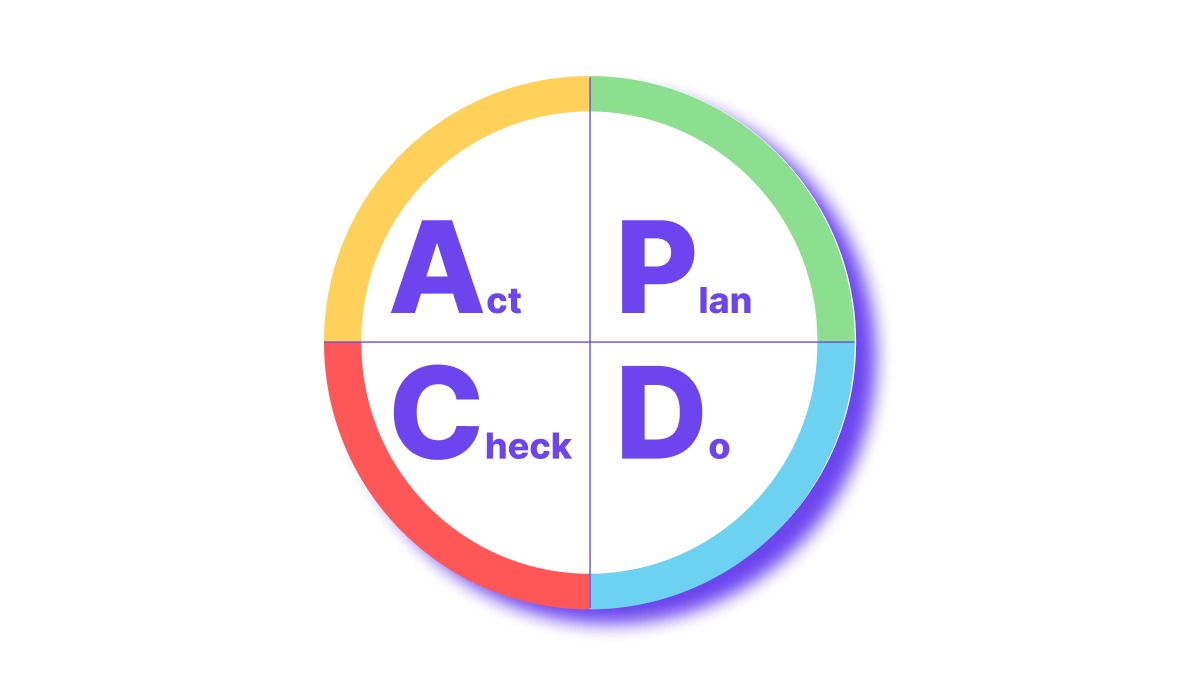7 Steps for an effective change management strategy
Building a strong digital culture is essential for manufacturers to thrive. Our guide shows you how to build an effective change management strategy in 7 steps.

In today's fast-paced business environment, building a strong digital culture is essential for manufacturers to thrive. This requires embracing digitalization, data utilization, and ensuring all employees are onboard with new technologies. By doing so, businesses can improve efficiency, reduce costs, and enhance customer experiences. But how can you build a strong digital culture?
Here are seven practical steps to follow for a successful change management strategy.
Step 1: Work collaboratively with the existing culture
Before implementing any changes, it's important to understand and collaborate with the existing culture in your organization. This means taking the time to listen to your employees and learn about their perspectives and ideas. Engage with your team to understand their concerns, challenges, and expectations. This approach can help ensure that changes are well-received and embraced by each team. In addition, involving employees in the change process can help create buy-in and increase the likelihood of successful implementation.
Step 2: Clearly communicate expectations
To effect change in behavior and culture, it's important to communicate the desired changes and expectations clearly. Establish a standard for digital behavior and provide comprehensive training to empower your teams to adopt new practices. This includes communicating the benefits of digitalization and how it can improve productivity, efficiency, and safety. Be transparent about the challenges and potential obstacles, and provide ongoing support and guidance to help employees adopt new practices.
Step 3: Focus on leadership
Leadership plays a critical role in building a strong digital culture. Managers must be data-driven and able to foster a culture of continuous improvement, where employees are encouraged to use data to identify areas where they can improve and are provided with the necessary support and resources to do so. Encourage your managers to lead by example, and provide them with the tools and training they need to effectively manage digital transformation efforts.
Step 4: Define Digital Culture for Your Organization
Digital culture can vary across different organizations, so it's crucial to define what it means for your company. This involves establishing clear goals and expectations for digital transformation, and aligning these goals with the overall business strategy. Engage employees in the process by asking them about the data they need to perform their jobs effectively, how they will use it, and what training they require. This can help ensure that the digital culture you create is tailored to the specific needs of your organization.
Step 5: Consider Each Team
Different teams will have different data focuses and skill requirements. Consider each team's specific needs and develop strategies to help them adopt a digital mindset. For example, teams that work with production lines may require real-time data and analytics to optimize processes, while teams that work with customer service may require data to improve customer experiences. Work with each team to identify their unique needs and develop strategies to help them adopt digital practices.
Step 6: Use Data to Evaluate Adjustments
One key benefit of digitalization is the ability to evaluate the effect of adjustments made to the production lines or equipment. Use data to identify and solve problems in real-time, inspiring your teams as they can see the effect of their actions. Encourage employees to use data to identify opportunities for improvement, and provide them with the tools and resources they need to make changes.
Step 7: Encourage Ongoing Review
Digital transformation is an ongoing process, and it's important to regularly review your progress and make adjustments as needed. Review data regularly to identify areas for improvement and make ongoing adjustments. Keep an eye on tracking towards targets and call for help if needed. Encourage feedback from employees, and use this feedback to continuously improve your digital culture and practices.
By following these 7 steps, you can develop an effective change management strategy that fosters a culture of digitalization and continuous improvement. Building a strong digital culture is essential for any organization looking to thrive in today's fast-paced business environment.

